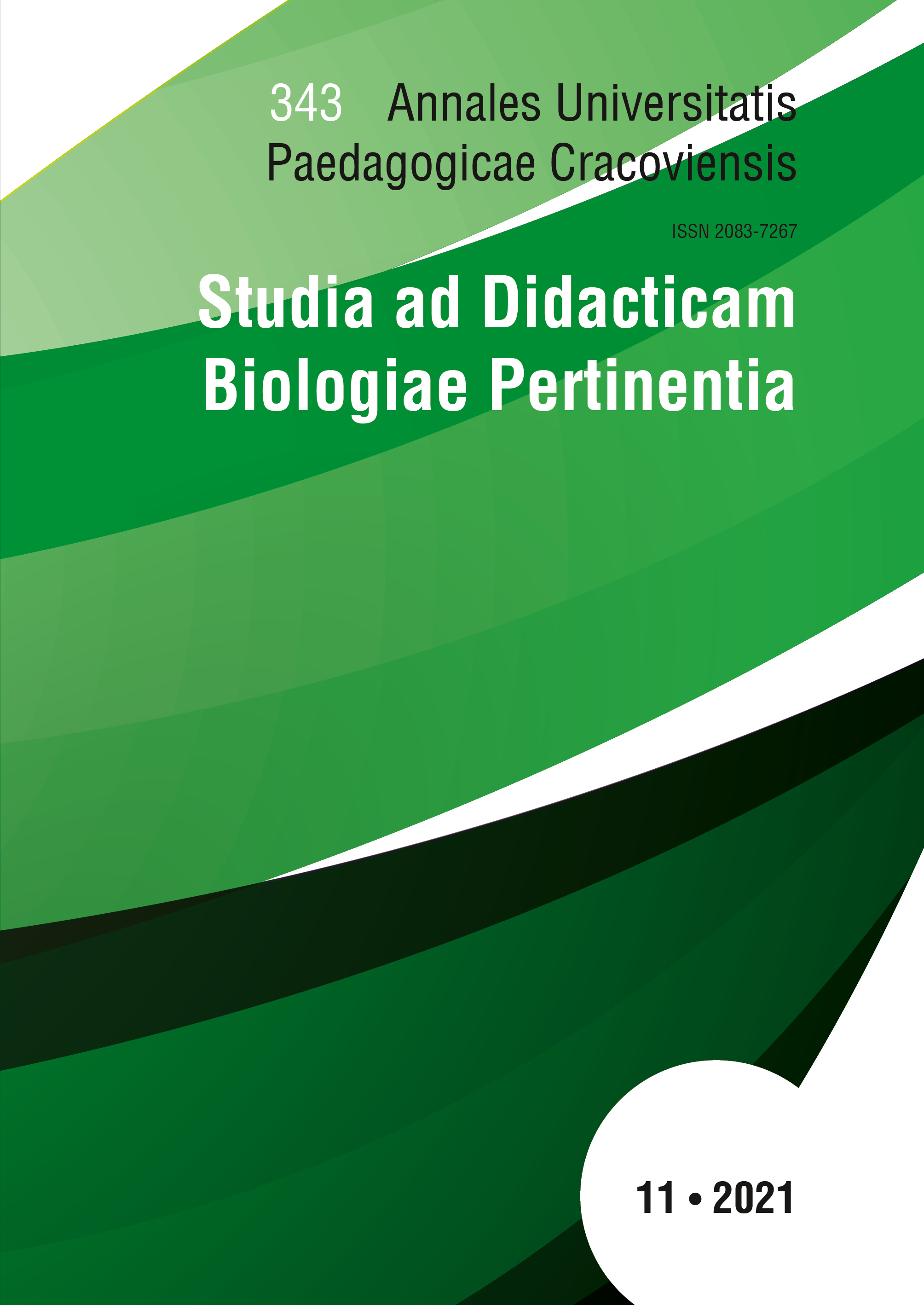Strategies in audiovisual presentations for distance learning
Keywords:
audiovisual presentations, distance learning, instructional videos, educational videos, multimedia learningAbstract
The closure of schools and universities due to the global pandemic led teachers to resort to using videos in their remote classes, whether producing or using ready-made videos. In this sense, it is important to know the characteristics of different types of videos as well as their implications, considering the potentialities when they are selected intentionally for
educational purposes. This article aims to investigate the characteristics of two types of videos: one intentionally designed and produced to be used in distance learning and one that is a classroom record to be used in distance learning. Due to this, two representative videos were selected from the YouTube channel Canal USP. Both videos were analyzed in terms of
duration, framing, camera position and instructor´s conduct. In the intentionally designed video, the instructor’s voice is synchronized with elements on the screen; audience has eye contact; camera is motionless; it has a short duration. Otherwise, in the ready-made video there are no elements on the screen; camera moves many times; audience has no eye contact; there are visual distractions; it has a long duration. The conclusions are that teachers can develop audiovisual presentations based on how the multimedia instructional principles work and maximize their effectiveness.

